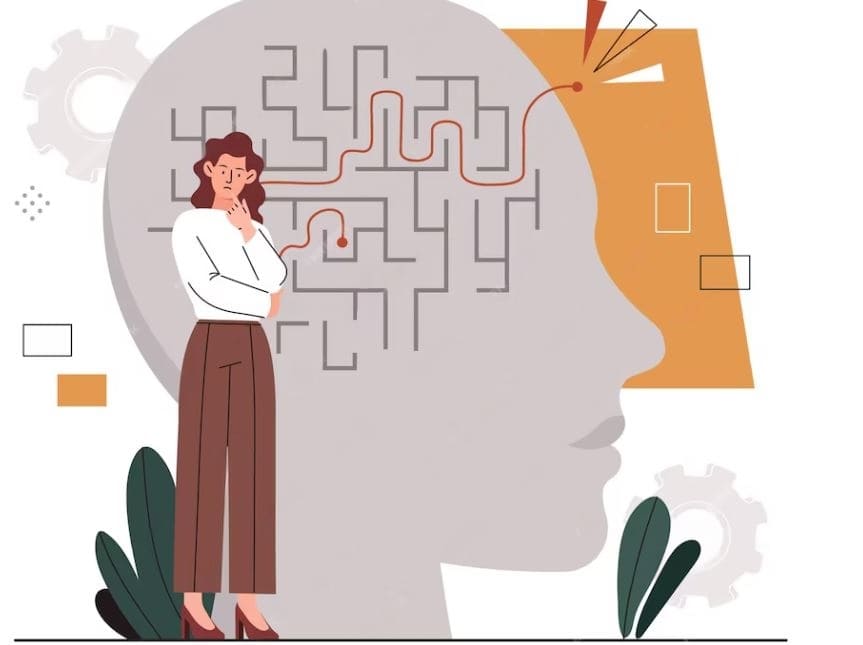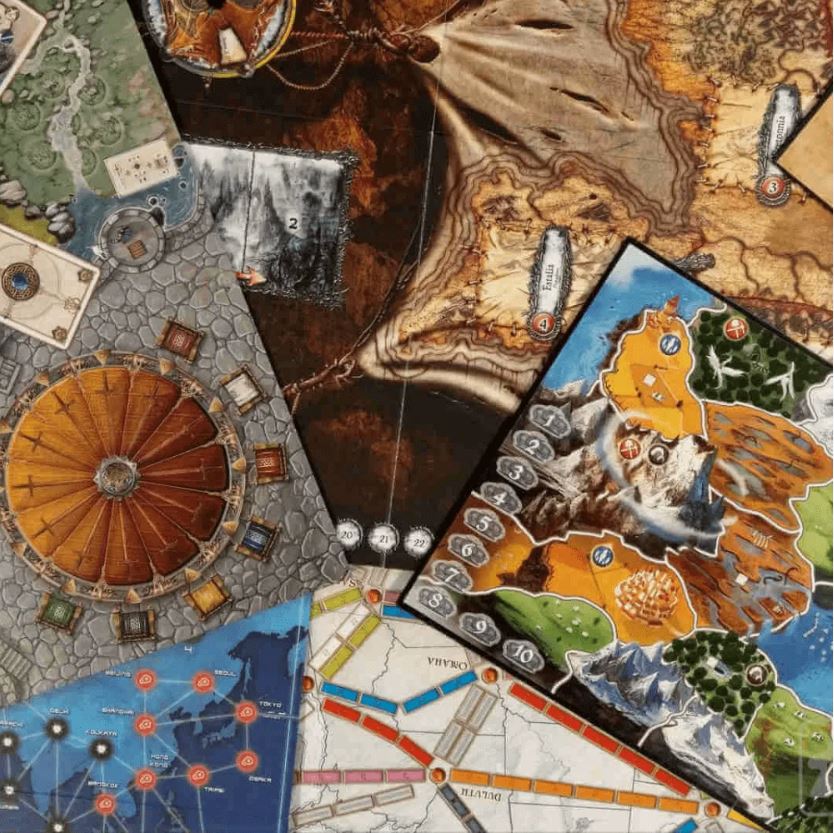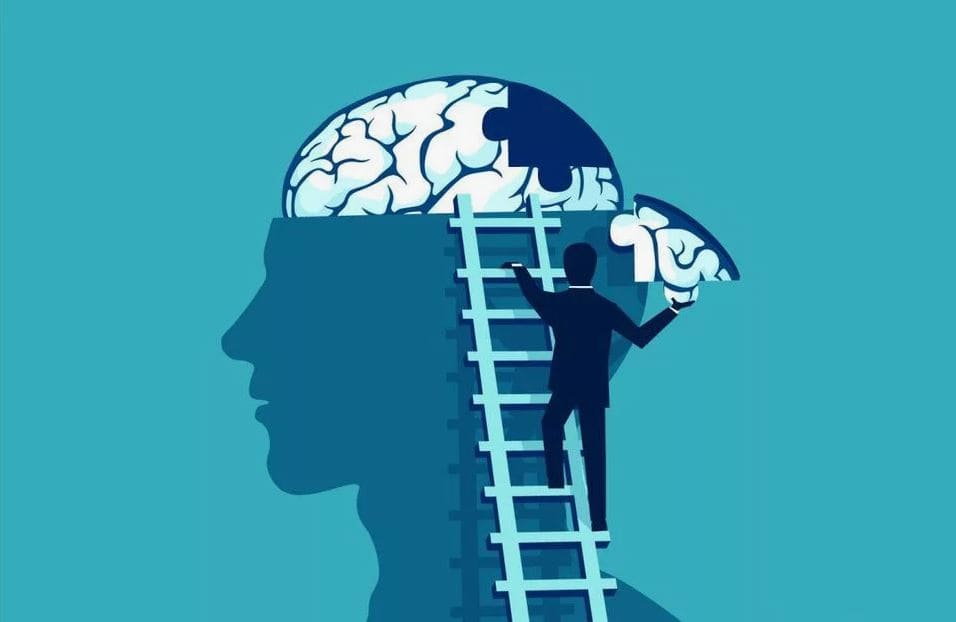Navigating the Intuition and Logic Conundrum in Decision Making


The decision-making process is often a battlefield between two powerful forces: intuition and logic. In this article, we will explore these two distinct yet interrelated cognitive processes, drawing inspiration from the ancient game of Go. As we navigate through the complexities of intuition and logic, we aim to uncover a harmonious approach to decision-making that leverages the strengths of both.
The Essence of Intuition and Logic

The essence of intuition and logic in decision-making encapsulates a dynamic interplay between two contrasting yet complementary cognitive processes:
- Intuition:
- Swift and instinctive judgments.
- Draws upon subconscious knowledge and emotional intelligence.
- Often manifests as a gut feeling or an instinctual sense of the correct course of action without reliance on detailed analysis.
- Logic:
- Methodical and evidence-based reasoning.
- Involves structured analysis, critical thinking, and the systematic evaluation of available information and data.
- Relies on objective facts and a step-by-step process to arrive at a decision.
Integrating Both in Decision-Making:
- Effective decision-making often requires a blend of both intuition and logic.
- Intuition offers rapid assessments, especially in complex situations where immediate decisions are necessary or when data is incomplete.
- Logic provides a solid foundation for decisions that demand thorough analysis and evidence.
- Balancing the two can lead to more holistic and effective outcomes, enabling decision-makers to draw on a full range of cognitive resources.
This synthesis not only enriches the decision-making process but also underscores the importance of harnessing both innate wisdom and rational analysis in order to effectively navigate the complexities of different situations.
Intuition vs. Logic: The Go Perspective

The game of Go beautifully illustrates the nuanced dance between intuition and logic. Players rely on a blend of instinctual strategy, derived from pattern recognition and experiential learning, and analytical tactics that demand a logical breakdown of the board state and potential future moves. This reflects real-life decision-making processes, where balancing instinctive feelings with reasoned analysis often leads to the best outcomes. This is how Go demonstrates this balance:
- Pattern Recognition: Intuition in Go comes from recognizing patterns and shapes on the board that suggest successful strategies from past games. These intuitive decisions draw on the subconscious knowledge and experience of the player.
- Strategic Analysis: Logic plays a significant role in assessing the opponent’s possible moves, considering different scenarios and their potential outcomes. This process is similar to logical decision-making, where facts and evidence help guide actions.
- Balancing Act: The highest level of Go strategy combines these elements, requiring players to switch seamlessly between intuitive and logical thinking, a skill that enhances decision-making in complex situations.
For those intrigued by the strategic depth of Go and eager to delve deeper into its intricacies, Gomagic offers a wealth of resources:
- Learn the fundamental rules and strategies of Go here.
- Challenge your skills and improve your play by solving Go problems here.
- Explore video courses with interactive elements for players of all levels here.
Whether you’re new to the game or an experienced Go player, Gomagic offers a range of tools to enhance your understanding and enjoyment of the game, helping to develop both your intuitive and analytical skills.
Strategies for Balancing Intuition and Logic

To strike a balance between intuition and logic when making decisions, adopting a hybrid approach is essential. Here’s a condensed strategy based on insights from various sources:
- Cultivate Self-Awareness: Recognize when you’re relying on your intuition or logic. This awareness can help you decide when to trust your instincts or when to gather more information.
- Acknowledge the Value of Both: Understand that both intuition and logic play crucial roles. Logic provides clarity and structure, while intuition can offer creative insights and fast, experiential decision-making.
- Practice Mindful Reflection: Reflect on past decisions to understand when intuition or logical thinking led to a successful outcome. Use these insights to inform your future decisions. Expand your knowledge and experience: The more experience you gain, the more your intuition will develop. Similarly, the more knowledge you acquire, the better your logical reasoning will become.
- Create a Decision-Making Framework: Develop a personal or organizational approach that combines intuitive insights with logical analysis. This might involve an initial intuitive assessment, followed by a logical evaluation of options.
- Embrace Uncertainty and Flexibility: Be open to adjusting your approach based on new information or insights. Being flexible allows you to switch between intuition and logic when needed.
- Seek Diverse Perspectives: Consult with others to get a mix of intuitive and logical viewpoints. This diversity can provide a more rounded approach to decision-making.
By blending intuition with logic, individuals can enhance their decision-making process, avoiding relying solely on one or the other. This balanced approach promotes a more holistic and effective approach to dealing with both personal and professional challenges.
Practical Applications and Challenges

Balancing intuition and logic in decision-making is a nuanced process, influenced by various factors including the scenario at hand, individual experience, and the stakes involved. Here are some practical applications and challenges, along with strategies to navigate them:
- Business Strategy: Leaders often use a combination of intuition and logic to predict market trends and make strategic decisions. However, there is a challenge in ensuring that intuitive decisions are supported by data and logical analysis in order to mitigate risks. For instance, a CEO may have an instinctive feeling about entering a new market, but they will need to conduct extensive market research and analysis to verify this intuition.
- Innovation: In the world of innovation, intuition can lead to groundbreaking ideas. These ideas are then structured into viable products through the use of logic. However, the challenge lies in creating an environment that supports creative intuition and doesn’t stifle it with overly rigid logical processes. Successful technology startups often attribute their breakthrough products to intuitive insights that are subsequently refined and realized through logical business models.
- Personal Decisions: On a personal level, intuition often guides individuals toward choices that align with their values and desires. Logic, on the other hand, ensures that these choices are practical and feasible. However, a common pitfall is the over-reliance on either intuition or logic, leading to decisions that disregard practical realities or suppress genuine desires.
Strategies to Navigate Challenges:
- Self-awareness: Being aware of your natural inclination towards either intuition or logic and consciously seeking a balance.
- Reflection: After making decisions, reflect on the outcomes to learn when and how your intuition or logic led you to success or failure.
- Diverse Perspectives: Seek out diverse opinions to challenge your intuitive assumptions and complement your logical analysis.
- Practice: Engage in exercises that strengthen both intuitive and logical thinking, such as strategic games, puzzles, and mindfulness practices.
In conclusion, successful decision-making often requires a dance between intuition and logic, each complementing the other to navigate complex decisions effectively.
Intuition and Logic in Professional Development

In the field of professional development, the combination of intuition and logic is essential for leadership, innovation, and strategic planning. These cognitive tools play a significant role in promoting growth:
- Leadership: Effective leaders balance intuitive insights with logical analysis to make decisions that align with the organization’s vision and values. This blend enables adaptive leadership styles suitable for various situations.
- Innovation: Innovation thrives when the creative potential of intuition is combined with logical processes for implementation. Intuitive ideas can spark groundbreaking concepts, while logical thinking structures these ideas into practical innovations.
- Strategic Planning: Strategic planning benefits from intuition, as it allows for more dynamic and responsive strategies. This is similar to the adaptive moves made in a game of Go, where players make decisions based on their intuition and the current situation. Logic, on the other hand, ensures that strategies are based on data and analysis. This leads to informed and sustainable planning.
Achieving a balance between intuition and logic in a professional setting fosters an environment that encourages insightful decision-making, creative problem-solving, and strategic foresight, which leads to personal and organizational success.
Conclusion:
In conclusion, the article emphasizes the importance of integrating intuition and logic when making decisions. It encourages readers to embrace both aspects, drawing lessons from the game of Go to enhance their cognitive flexibility and decision-making skills.
By incorporating the strategic insights from Go into the article’s framework, the author aims to provide a rich and insightful exploration of the relationship between intuition and logic. This will help readers gain a deeper understanding of these concepts and provide them with practical strategies for navigating their decision-making process.





Leave a comment